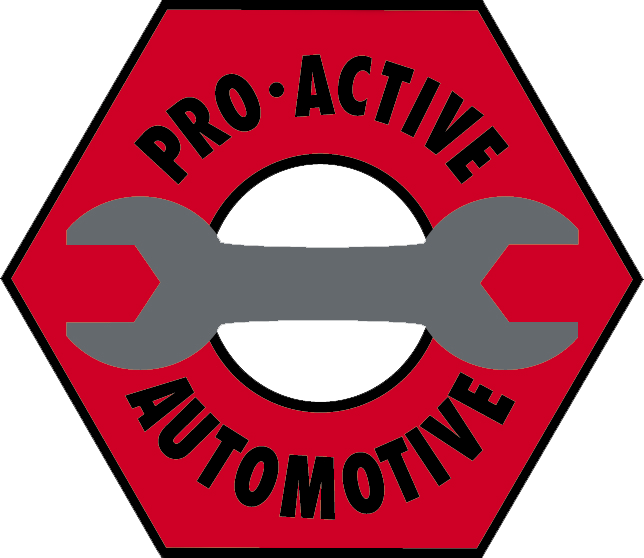Well, it’s official… Christmas is over! But baby… it’s going to be cold outside! The forecast has us thinking that it might be timely to talk about how that block heater really works and whether or not it really is a good idea to plug in your vehicles when we dip down to those nasty -20C temperatures.
A fully charged battery at +20C will lose half its cranking ability at -20C. That means that your fully charged battery is half dead when its -20C and you haven’t even tried to do anything yet!
As well, your engine oil gets thicker at colder temperatures and thereby reduces its lubricating abilities and increases the power needed to crank the engine over. This can be a risky combination - when you need more power its not there for you!
So how do you reduce the risk? That’s where the handy block heater comes in! By plugging your vehicle in when it's ridiculously cold outside you are warming the engine oil and coolant thereby allowing the engine to crank over easier, and the fuel to ignite better - you are basically giving your already taxed battery a break by giving it a helping hand! You may have heard of battery warmers or blankets which essentially do the same thing for the battery - they keep it nice and warm so that when you need it, it's ready to perform.
Additional benefits of the block heater are that your vehicle will warm up much faster which will then reduce your required idle time which greatly benefits the environment and reduces your fuel costs! As well, as the oil is warmed by the block heater it is still able to move freely and lubricate your engine immediately upon start up.
So the big question - when do you need to plug in? It is recommended that you plug your gasoline engine in at -15C to -20C. Your diesel engine should be plugged in at -10C to -15C (a diesel has a heavier oil and requires more cranking power). A block heater requires about 4 to 5 hours to do its job to its full potential. It doesn’t need to be plugged in all night - you can use a heavy-duty timer to save some money and energy - there is no harm in having it plugged in longer (all night or all day) but there is no benefit to it either. Many of the newer vehicles have built-in temperature sensors that will only turn the block heater on when the temperature hits -15C.























